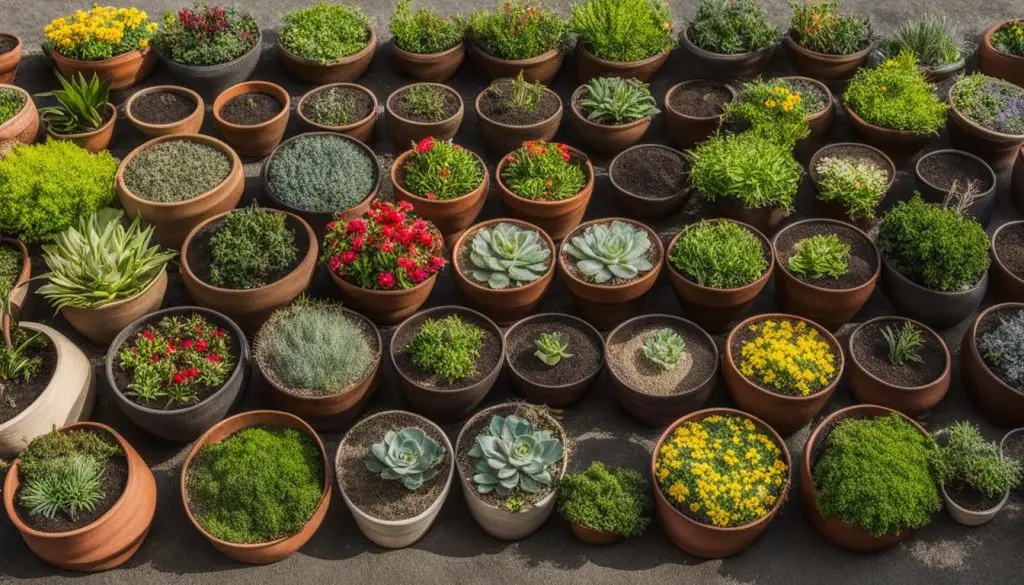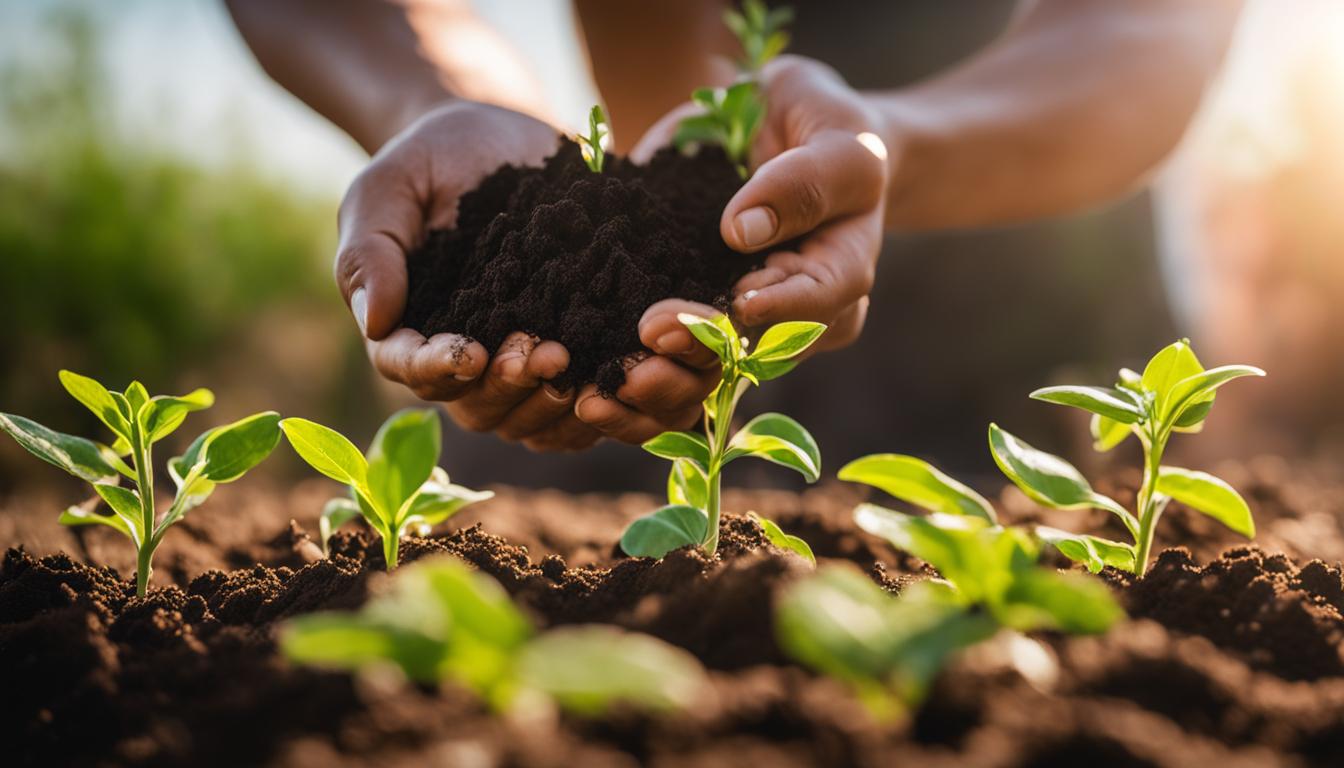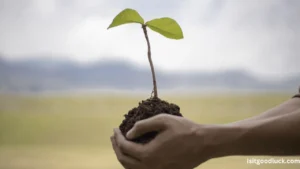Are you curious about the significance of planting on Good Friday? Southern gardeners have long embraced this tradition, believing it brings good luck and blessings to their gardens.
This age-old custom originated in Ireland, where planting on a holy day like Good Friday was thought to invite divine favor. Passed down through generations, this tradition has become deeply rooted in Southern gardening culture.
However, variations exist depending on the region and climate. Some believe tilling the soil on Good Friday will cause blood to seep, while others plant their entire gardens on this auspicious day. But is there any truth to the folklore surrounding this tradition? Let’s explore further.
Contents
Key Takeaways:
- Planting on Good Friday is a long-held tradition among Southern gardeners.
- The belief in the good luck associated with planting on this day originates from Ireland.
- There are variations in the tradition depending on the region and climate.
- The success of planting on Good Friday depends on factors like weather and crop maturity time.
- Consider the specific climate and crop requirements before planting on Good Friday.
The History of Good Friday Planting Tradition
Planting on Good Friday has a rich history rooted in folklore and superstition. It is believed to have originated in Ireland and has been passed down through generations, particularly in the Southern United States. The tradition holds that planting on this holy day brings blessings to the garden, ensuring a fruitful harvest.
While the exact beliefs and superstitions associated with Good Friday planting may vary across different regions and cultures, the consensus is that it is a sacred ritual for many gardeners.
In some parts of the South, there is a belief that tilling the soil on Good Friday will cause blood to seep out, symbolizing the sacrifice of Jesus. Others take a more practical approach and consider it an opportune time to prepare the garden for the growing season.
Also read: Is it Good Luck to Wear an Evil Eye?
It is important to note that the success of planting on Good Friday depends on various factors, such as the timing of Easter and the region’s specific climate. Each year, Easter dates vary, falling on the first Sunday after the first full moon in spring.
This means that the weather conditions during planting can differ significantly. Gardeners must consider factors like the maturity time of the crops, excess moisture in the ground, soil temperature, and the risk of frost before deciding to plant on this day.
“Planting on Good Friday is not just a tradition; it is a way for me to connect with nature and my faith. It gives me hope and a sense of renewal as I watch my garden flourish throughout the season.” – Sarah, a gardener in Alabama
Does Planting on Good Friday Work?
Many gardeners swear by the tradition of planting on Good Friday, believing it brings good luck and blessings to their gardens. But does it work? The answer depends on various factors, including the timing of Easter and the specific climate of your region.
Easter falls on the first Sunday after the first full moon in spring, ranging from March 23rd to April 15th. In the South, where the tradition is widely followed, the weather can vary significantly during this time.
It’s essential to consider the maturity time of the crops you want to plant and the specific climate of your region before making a decision.
For example, planting potatoes on Good Friday can be tricky as they may not have enough time to mature before the ground gets too hot.
On the other hand, summer crops like squash, tomatoes, eggplant, and cucumbers require warm soil temperatures, so it’s crucial to wait until the ground stays between 60 to 70 degrees for several days before planting them.
Consider factors like excess moisture in the environment, the temperature of the soil, and the risk of frost before deciding to plant on Good Friday.
Also read: Is it Good Luck to Leave Christmas Tree Up?
Table: Lucky Plants for Good Friday
| Plant | Lucky Traits | Best Planting Conditions |
|---|---|---|
| Lilies | Symbol of resurrection and new beginnings | Well-drained soil, partial shade |
| Peas | Represents good fortune and abundance | Cool-weather, moist soil |
| Spinach | It brings prosperity and good health | Rich, well-drained soil |
| Herbs (e.g., basil, parsley, mint) | Symbolize purification and protection | Well-drained soil, adequate sunlight |
While the tradition of planting on Good Friday has its roots in folklore and superstition, it’s essential to approach it with a practical mindset. Consider the specific conditions for your region and the needs of the plants you want to grow.
If the conditions are right and the timing aligns, planting on Good Friday can be a meaningful ritual that adds a touch of luck to your gardening endeavors.
Best Practices for Planting on Good Friday
Following best practices can help ensure a successful gardening experience when planting on Good Friday. Consider the following tips for optimal planting conditions on this auspicious day:
- Check soil conditions: Assessing the soil’s readiness is essential before planting. The ground should crumble like cake in your hands, and the temperature should be around 65 degrees Fahrenheit. These conditions indicate the earth is warm and dry, providing an ideal environment for seeds or seedlings to thrive.
- Timing is critical: While Good Friday is traditionally associated with planting, it’s crucial to consider the specific climate and region. If the soil is still too cool or the ground is excessively moist, it may be best to wait until after Easter or until mid-April, depending on your location. Central Alabama, for example, experiences more relaxed springs, so waiting until mid-April may be more suitable for optimal planting conditions.
- Choose the suitable crops: Selecting plants that are well-suited to your specific climate and can tolerate the conditions during planting is essential. Consider factors such as temperature, sunlight requirements, and soil type. Different plants have varying tolerances for cold or heat, so choose wisely to maximize their chances of successful growth.
- Consider starting indoors: Some gardeners prefer starting their plants from seeds indoors to give them a head start before transplanting them outside. This approach can help extend the growing season and increase your chances of a bountiful harvest. However, following proper seed-starting techniques and providing adequate care to ensure successful transplantation is essential.
Following these best practices can increase the likelihood of a successful planting experience on Good Friday. Remember to adapt these guidelines to your specific region and climate to maximize the potential for a thriving garden.

These regional variations highlight the diversity of gardening practices and beliefs associated with Good Friday planting. It is a testament to this tradition’s rich cultural heritage and individual interpretations.
Whether you follow the Appalachian tradition of planting potatoes or the Central Alabama practice of planting beans or choose not to grow on Good Friday like some in Louisiana, respecting and celebrating the unique customs that make gardening such a significant and personal experience is essential.
Conclusion
In conclusion, planting on Good Friday is deeply rooted in folklore and superstition. It is believed to bring good luck and blessings to the garden and is cherished by many gardeners, especially in the South.
However, the success of planting on this day depends on various factors, such as the timing of Easter, the specific climate of the region, and the maturity time of the crops.
It is important for gardeners to carefully consider these factors before deciding to plant on Good Friday.
Checking the soil conditions, selecting suitable crops, and providing proper care throughout the growing season are essential for a successful harvest. Adaptation of the guidelines to the specific region and climate is crucial.
While the tradition of planting on Good Friday holds cultural significance and is a cherished ritual for many, it is essential to make informed decisions based on the specific conditions of your garden. Considering these factors and following best practices can increase your chances of a bountiful and successful harvest.
Also, read all other articles regarding good luck
FAQs
Why is it considered good luck to plant on Good Friday?
Planting on Good Friday is believed to bring blessings and good luck to the garden. This tradition has roots in folklore and superstition, with the hope that farming on a holy day will result in a bountiful harvest.
What is the history behind the Good Friday planting tradition?
The tradition of planting on Good Friday is said to have originated in Ireland. It has been passed down through generations and is widely followed in the South. These traditions’ specific beliefs and superstitions may vary across regions and cultures.
Does planting on Good Friday work?
While the tradition is deeply rooted in folklore and superstition, the success of planting on Good Friday depends on various factors, such as the timing of Easter, the climate, and the maturity time of the crops. Considering these factors and making informed decisions before planting on this day is essential.
What are some best practices for planting on Good Friday?
It is recommended to check the soil conditions before planting. The soil should crumble like cake, and the temperature should be around 65 degrees. Choosing plants that thrive in the specific climate and can tolerate the conditions during planting is essential. Proper care and plant maintenance throughout the growing season is also necessary for a successful harvest.
Are there regional variations in the Good Friday planting tradition?
Yes, the tradition varies across different regions, even within the South. For example, the practice focuses on planting cold-tolerant Irish potatoes in the Appalachian areas like Kentucky and the mountains of Tennessee and North Carolina. Regional gardening customs and beliefs add diversity to the Good Friday growing practice.





